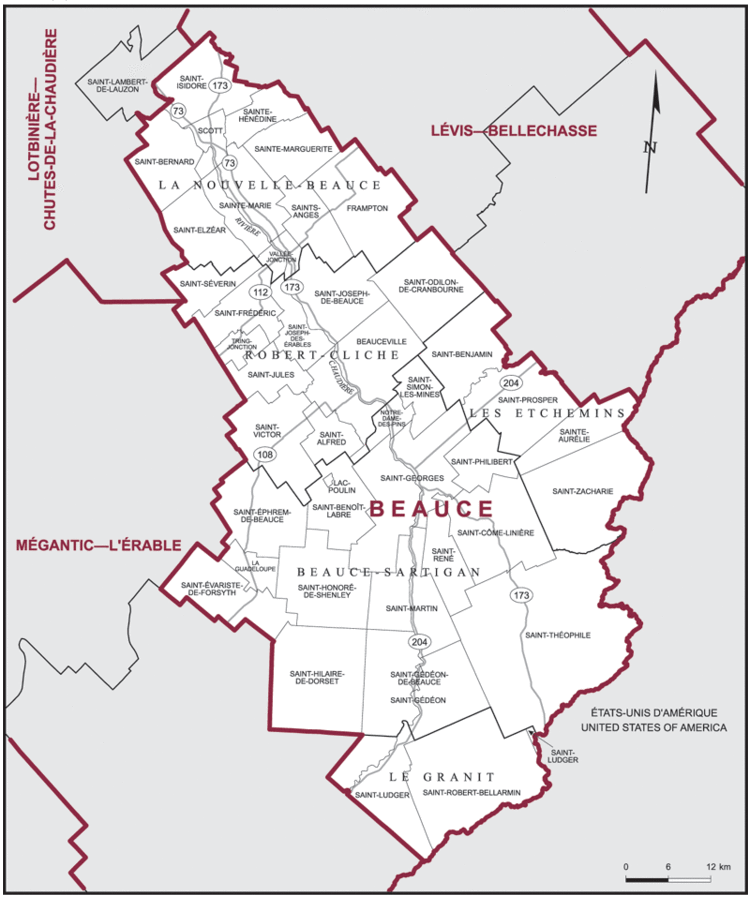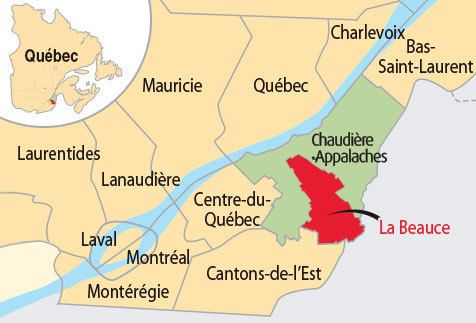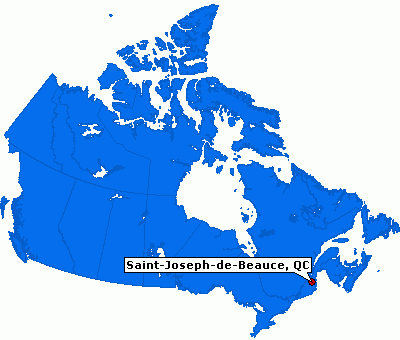Gold panning in beauce quebec
Beauce is a historical and traditional region of Quebec located south of Quebec City. It corresponds approximately to the regional county municipalities of Beauce-Sartigan, Robert-Cliche and La Nouvelle-Beauce, and its major communities are Saint-Georges, Sainte-Marie, Beauceville, Saint-Joseph-de-Beauce and Saint-Gédéon-de-Beauce.
Contents

Name

The first record of the name goes back to 1739. "Nouvelle Beauce" (New Beauce) designated the seigneuries granted earlier along the Chaudière River and which would later become the current cities of Sainte-Marie, Saint-Joseph-de-Beauce, Beauceville, and Saint-Georges, as well as several other communities which would detach from these territories.
According to accounts from Governor Charles de Beauharnois and Intendant Gilles Hocquart, ‘’Beauce’’ was chosen by seigneurs Joseph de Fleury de La Gorgendière, Pierre de Rigaud de Vaudreuil and Thomas-Jacques Taschereau to develop the potential of colonization, as the name recalls the French Beauce, a region renowned for its wheat production. In 1829, the name represented a county extending to the Canada–US border with Maine.
Later, Beauce would also be the name of administrative, municipal, electoral, school and judicial subdivisions, without always concurrent borders. Today, residents of neighbouring regional county municipalities consider themselves "Beaucerons" (m.) or "Beauceronnes" (fem.), because of these former administrative links.

Historically, Beaucerons have also been known under the nickname of "Jarrets noirs" (Black Hocks). Travelling to Quebec City took up to one week, and because of the hilly roads and their conditions, they would often have to push their farm carts. They would get their legs dirty and arrive at destination with their hocks black.
Black hocks actually referred to the hocks of their horses being black when they got to Quebec city due to the abundance of peaty bogs, or wetlands, on the journey there into which horses legs would sink up to their hocks and become covered in the mucky stuff and so blackened.
Economy
Exclusively agricultural for many years, Beauce’s economy slowly diversified in the first half of the 20th century through forestry, wood processing, and the leather and textile industries. In 1951, the industrial production value became for the first time superior to agriculture, likely due to strong local entrepreneurship and cheap labour. Today’s economy relies especially on small and medium enterprises in the industries of furniture, food, clothing, printing and metalworking.
